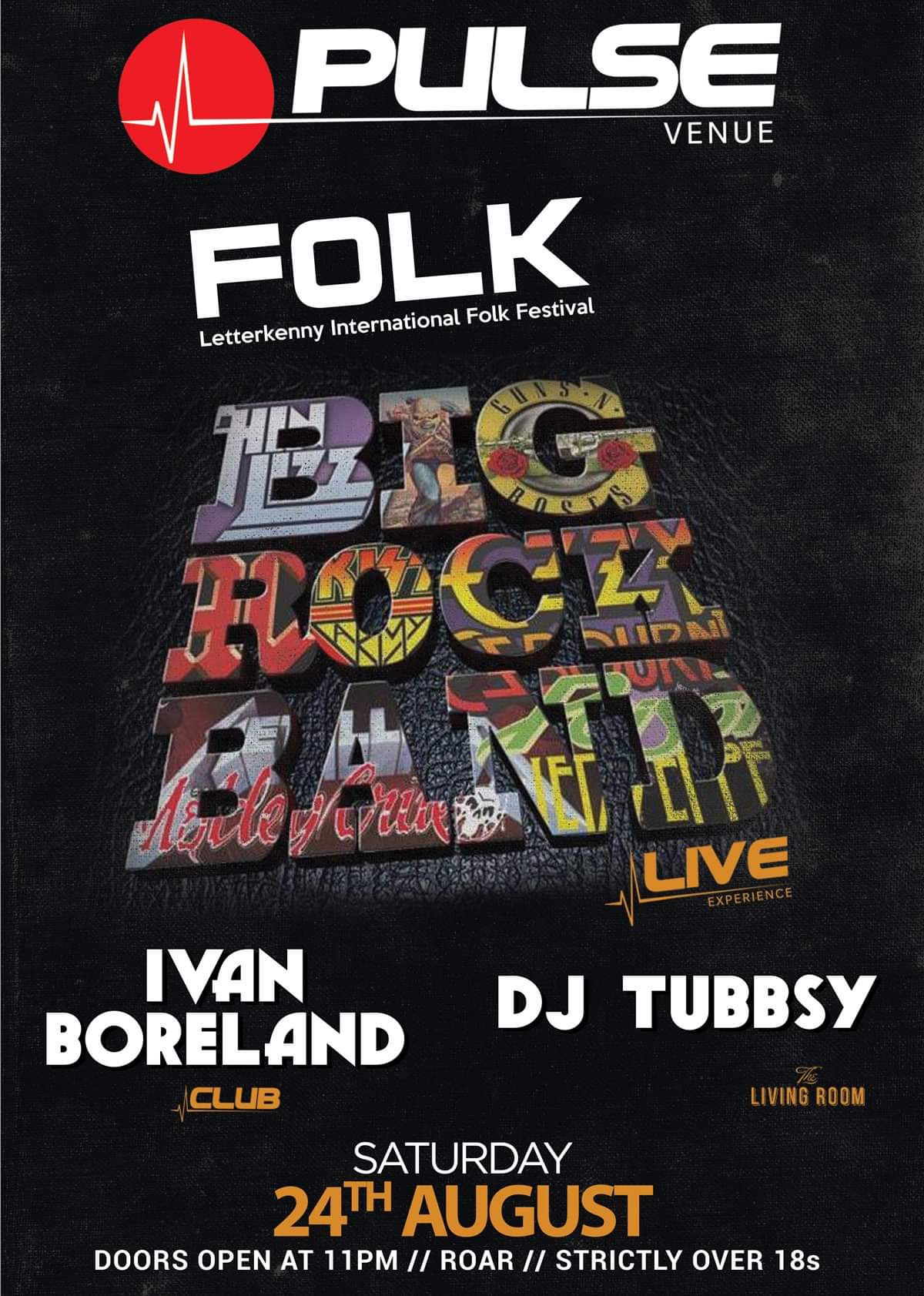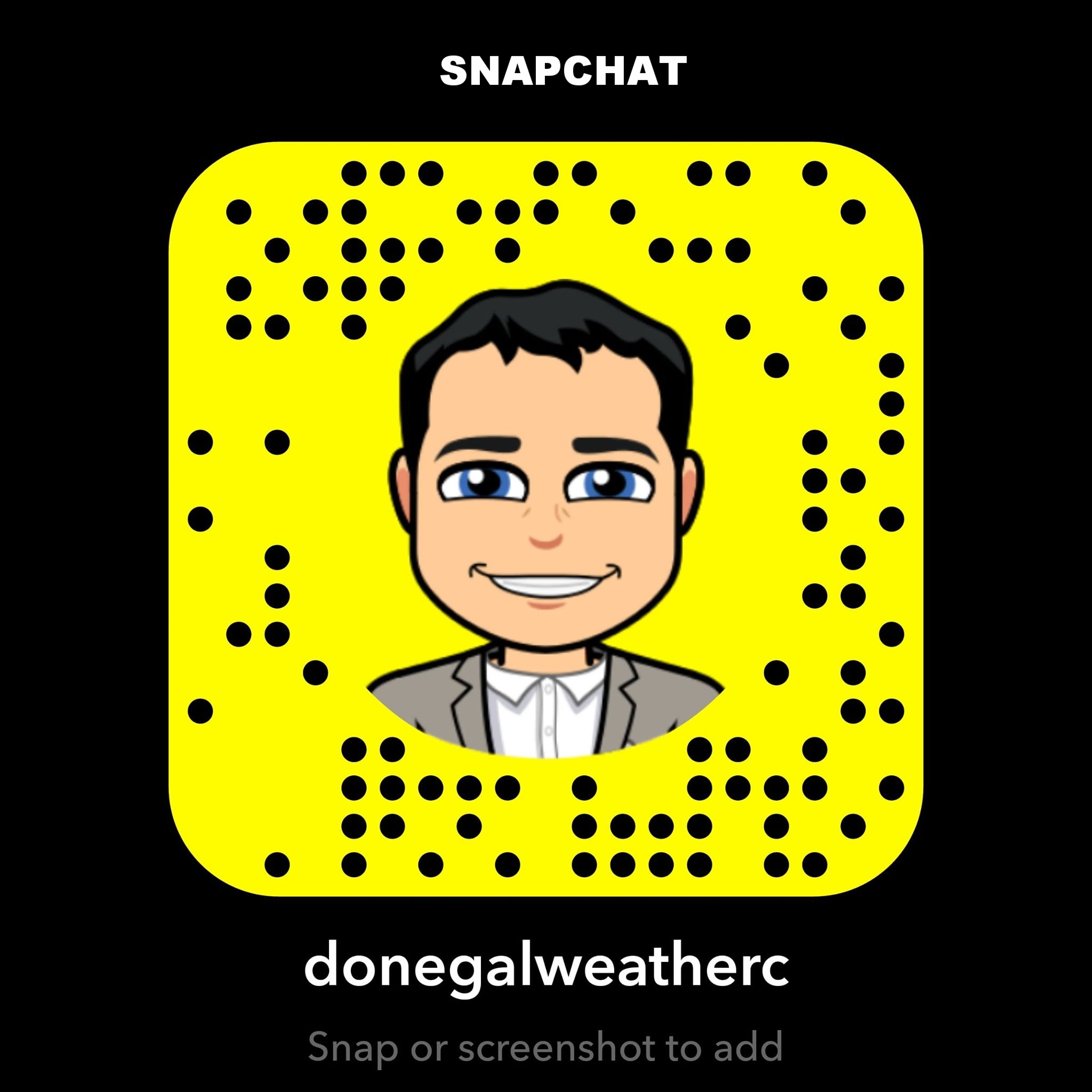Amazon rain forest fires rage and can be seen from space
Recent satellite images of the Amazon rainforest show pervasive streaks of white. But it's not all clouds. It's smoke from thousands of wildfires tearing through the undergrowth.
The very concept of a rainforest evokes images of a wet, humid climate, but the Amazon has a dry season in July and August that's also the forest's fire season. A major cause of these fires is people clearing out the land for farming or ranching.
What's eye-catching about 2019 is the sheer number of fires. Brazil's National Institute for Space Research (INPE) data shows the group has tracked over 74,000 fires so far this year. That's the most since INPE started keeping records in 2013.
The European Union Earth Observation Program's Sentinel satellites are getting an eyeful of smoke. A view from Aug. 14 shows a dark haze over the rainforest.
CONTINUES BELOW
NASA is also keeping an eye on the situation. As of Aug. 16, "satellite observations indicated that total fire activity in the Amazon basin was slightly below average in comparison to the past 15 years," NASA said, but the activity level has ramped up since then. One of the best illustrations of this comes from Sentinel 2 with an animation showing smoke growing from July 28 to Aug. 17.
This #Sentinel2 animation (true colour) from 28/07 - 17/08 north of Vista Alegre do Abuña, at the limit of the #Rondonia and #Amazonas states, shows how the fires and resulting smoke developed in this period #activeearth pic.twitter.com/iKeTBxdWnH
— Copernicus EU (@CopernicusEU) August 21, 2019
This year's fires are the latest in a long line of bad news for the Amazon rainforest, which has been suffering from deforestation due to logging, farming, ranching and fires.
CONTINUES BELOW
"More than a third of all species in the world live in the Amazon rainforest," the European Space Agency reported in 2017. "Unlike other forests, rainforests have difficulty regrowing after they are destroyed and, owing to their composition, their soils are not suitable for long-term agricultural use."
This has already been a brutal year for devastating fires across the globe. We've watched from both the ground and space as Russia, Greenland and Alaska have all burned, generating massive amounts of smoke. This Amazon fire season will leave many scars.
The fires produce so much smoke (and carbon monoxide – CO) that it can be traced as it circles the south hemisphere. The graphic below is an analysis from the NASA GEOS-5 model. Graphics below are produced from NASA data.
Click on the tabs below to view the new forecasts available under the forecast section.
2019 CALENDAR NOW ON SALE
































